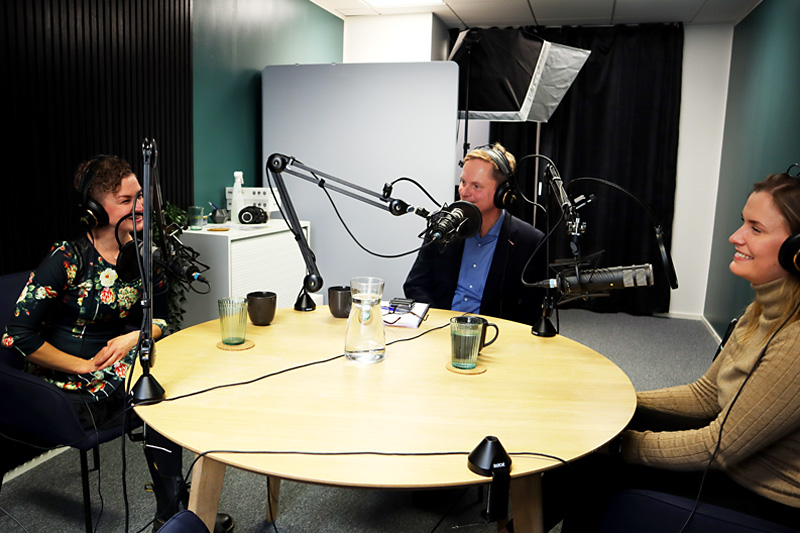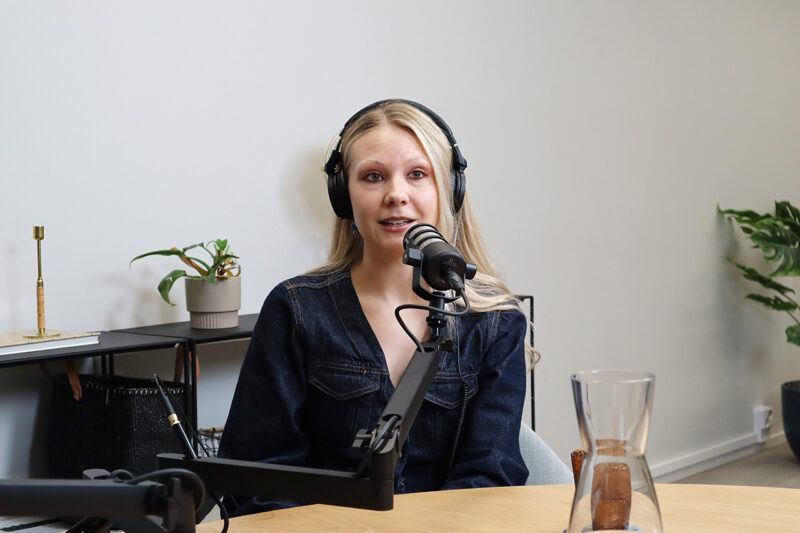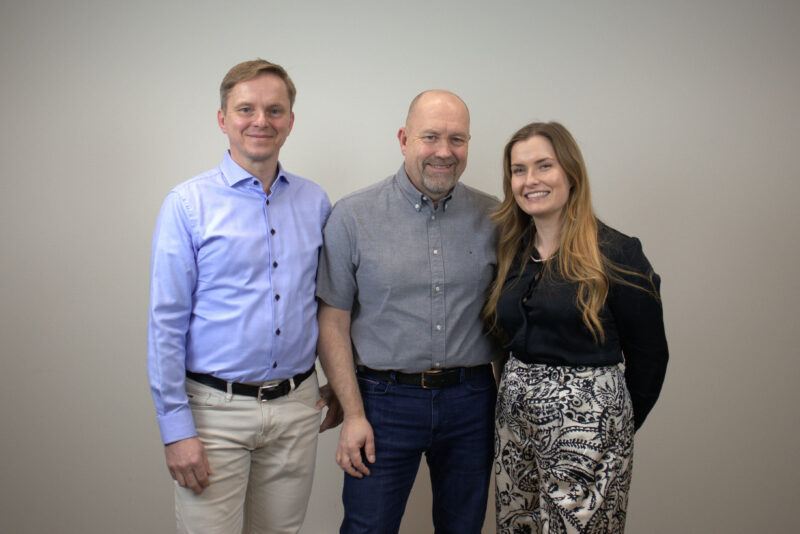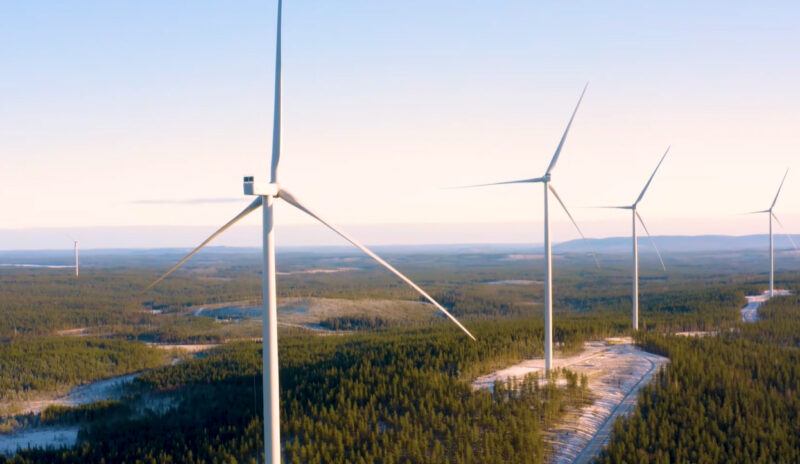Wind Power Investments Require Social Acceptance

Investment in wind power will increase in Finland in the future, bringing both new opportunities as well as challenges. Heidi Paalatie, the Operational Director of the Finnish Wind Power Association together with Panu Rahikka, the Managing Director of Fimpec Consulting Oy discuss how to promote the social acceptability of wind power.
The social acceptability of wind power investments is a crucial and current issue with multiple dimensions. While the general acceptance of wind power is high, it may face more local challenges, and occasionally wind power projects encounter opposition. Heidi Paalatie, the Operational Director of the Finnish Wind Power Association, emphasizes in that industry stakeholders continually need to work on local acceptance.
She reminds that local acceptance of wind power is vital and essential, given that municipalities have a monopoly on zoning. If a municipality decides not to zone wind power areas, there’s no way around it. She notes that obtaining social approval is a broader issue.
“Even if wind turbines are built, there can be issues later on if the project hasn’t started on the right foot and its impacts are felt throughout its lifecycle. I would say it’s crucial for wind power to be a good corporate citizen and for the project to be carried out from the very beginning in a way that makes us good neighbors,” Paalatie states.
She further emphasizes that obtaining social approval includes questioning, opposition, and criticism. She says that gaining social approval doesn’t necessarily mean that everyone agrees or that the project faces no opposition. Instead, it means making well-reasoned, thoughtful choices and decisions.
“The more general the discussion, the easier it is to justify projects with facts, such as combating climate change, creating jobs, and generating tax revenue. But as we get closer to someone’s personal mushroom-picking forest or summer cottage shoreline, the emotional aspect becomes more pronounced. This is understandable but also poses a challenge,” adds Panu Rahikka, the Managing Director of Fimpec Consulting.
Importance of Research and Interaction
In seeking social approval, Paalatie discusses two key aspects brought up in the podcast that the Finnish Wind Power Association continuously works on. The first is disseminating research-based information, and the second is providing support for interactions with local residents.
“Sharing information based on researched facts and explaining the findings is crucial. Misinformation often causes unfounded fears, and we believe that scientific knowledge is the solution to this. Equally important is how people are approached and how trust is built. It’s a personal level, as in the end, it’s about one person in the municipal office or at the landowner’s place explaining and negotiating about the project,” Paalatie says.
This raises interesting considerations regarding whether offering local people the opportunity to become shareholders in the wind power company would enhance acceptability, making the project even more of a community endeavor. Examples of such practices can be found in the Netherlands, Denmark, and Germany.
Paalatie welcomes such solutions but points out that in Finland, the benefits of wind power investments are already widespread in the local surroundings. Property owner compensations are paid to parties beyond just the landowner at the turbine site, and property taxes contribute to the broader community.
“Property taxes have increased the motivation of municipalities to engage in zoning. This way, the benefits from the wind power park also spread through the democratic processes of the municipality, which is a positive development,” she says.
The Wind Power Boom Continues
Over the last few years, new wind power capacity has been rapidly installed in Finland, and Paalatie and Rahikka foresee this trend continuing. Finland is an attractive global market for wind power, drawing investors due to its sparsely populated areas, long coastline offering opportunities, stable environment, and transparent regulation.
“Jukka Ruusunen, the retiring CEO of Fingrid, mentioned a few years ago that the new normal is 1,000 MW of new wind power capacity per year. We have even exceeded that at times recently, but I believe that at least this level of development will continue throughout this decade. While there has been a quiet period in terms of new investment decisions recently, there is a lot of development happening beneath the surface. Therefore, I believe that there will be continued construction,” Paalatie states.
“Now, we are taking a breather and searching for new demand in the final market. However, the trend is moving towards increased consumption. This is not solely about the much-discussed electrification of transportation but also about the electrification of energy production, industry, and the breakthrough of the hydrogen economy, which will increase the demand for electricity in the future,” Rahikka explains.
This is a summary of the second episode of Fimpec’s “Kumppanit” podcast which discussed the social acceptability of wind power investments in Finland. “Kumppanit” podcast is hosted by Maiju Hirvikallio, Fimpec’s Director of Communications & Marketing. The podcast is available for listening in Finnish on Spotify.
“Kumppanit” podcast page (in Finnish)


